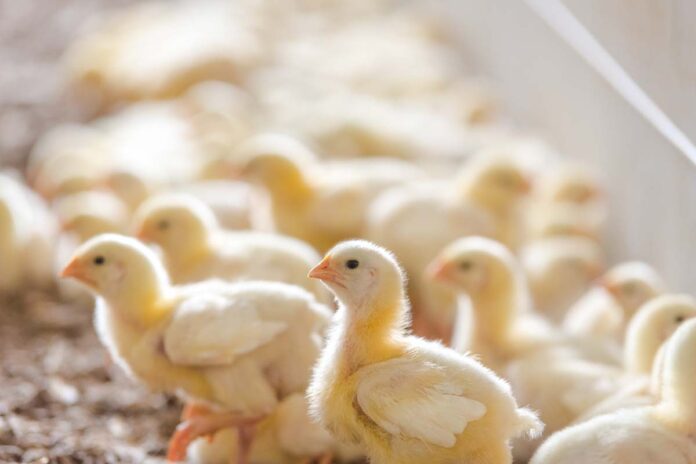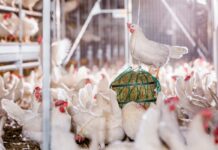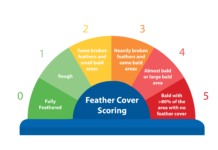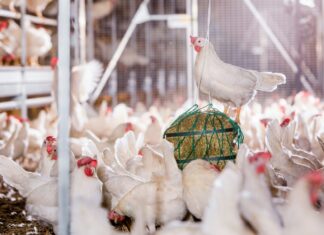
In a significant move to reinforce the resilience of Europe’s poultry industry, the European Commission has approved a €14 million financial package to compensate Polish poultry farmers severely affected by outbreaks of highly pathogenic avian influenza (HPAI). The measure recognizes both the economic impact of the disease and the crucial role Poland plays as one of the EU’s top poultry producers.
A Hard-Hit Sector in a Pivotal Production Region
Between mid-2022 and mid-2023, Poland faced some of the most damaging avian influenza outbreaks in its recent history. Thousands of flocks were culled, affecting not only commercial broiler and layer operations but also breeder farms. The losses went beyond the direct value of birds — the disease disrupted entire supply chains, halted exports, and placed enormous stress on producers already grappling with rising feed costs and inflation.
In terms of sheer volume, Poland leads the EU in poultry meat production and is a key player in egg output. When HPAI strikes here, the ripple effect is felt across the continent — from food processors and retailers to hatcheries and feed suppliers.
What the Compensation Covers
The approved EU funding will reimburse Poland for part of the emergency expenditure it undertook during the outbreak management phase, covering:
-
Direct financial losses to farmers due to mandatory culling of birds.
-
Operational costs related to disease containment and disinfection.
-
Support measures that helped limit disease spread, including logistics and surveillance.
The eligible period for compensation spans from 30 June 2022 to 30 June 2023, a window that saw Poland grappling with repeated HPAI incursions.
Polish authorities must now distribute the funds to affected producers by 28 February 2026, in line with EU rules. While the €14 million will not fully offset all financial damage, it represents a critical show of solidarity and support from the EU’s agricultural policy framework.
A Signal to Other Member States
This funding decision highlights the importance of preparedness and transparency in reporting and managing animal disease outbreaks. Countries that invest in robust surveillance, rapid response mechanisms, and biosecurity infrastructure are more likely to receive EU backing when crises hit.
For poultry farmers across the EU, it also reinforces the value of engaging with national veterinary services and maintaining up-to-date flock records — as eligibility for such compensation depends heavily on traceable data and compliance with disease reporting obligations.
Lessons for the Broader Poultry Community
While this announcement centers on Poland, its implications are far-reaching. As HPAI becomes a recurring seasonal threat — likely driven by migratory bird patterns and climate variability — producers in all regions must remain vigilant.
Here’s what farmers can take away:
-
Invest in biosecurity. EU support depends on demonstrated efforts to prevent and control disease.
-
Stay informed. Timely reporting and communication with authorities are essential for both containment and compensation eligibility.
-
Document everything. Accurate and accessible farm records are more than a good practice — they’re an asset in times of crisis.
Looking Ahead
With EU agriculture policy increasingly focused on sustainability and resilience, this financial aid underscores the commitment to supporting livestock sectors in times of crisis. However, it also prompts deeper questions about long-term disease management, including potential shifts toward vaccination strategies, enhanced wildlife monitoring, and regional disease zoning to safeguard trade.
As the next HPAI season approaches, the experience in Poland serves as both a warning and a call to action. The industry’s future depends not just on recovery, but on readiness.

















